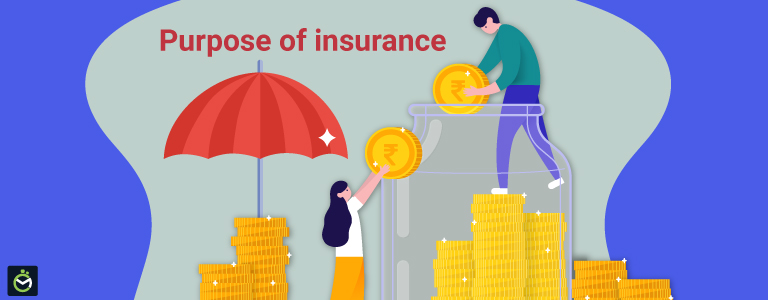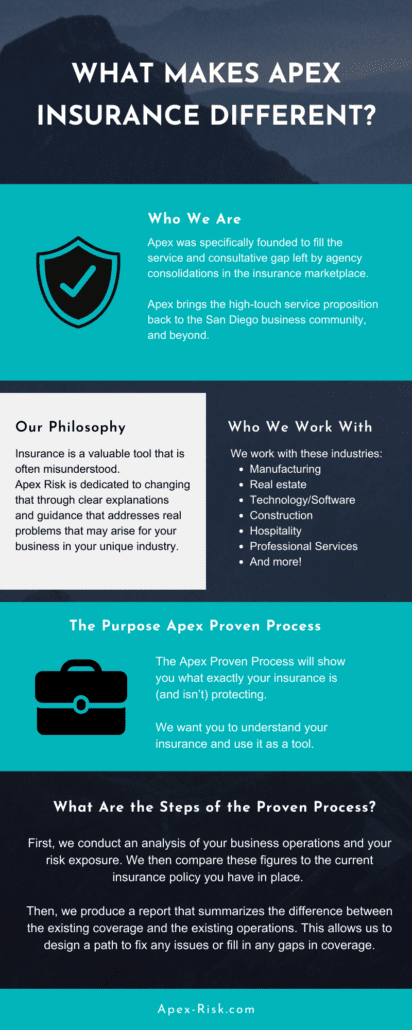What Does Pacific Prime Mean?
What Does Pacific Prime Mean?
Blog Article
Some Ideas on Pacific Prime You Should Know
Table of ContentsThe Main Principles Of Pacific Prime Pacific Prime for BeginnersPacific Prime for DummiesAn Unbiased View of Pacific Prime
In most states, the insurance firm is required to send you a copy of the adjustments to your policy. It is very important that you read Recommendations or Riders so you understand just how your plan has actually changed and if the plan is still sufficient to meet your demands. To acquire a duplicate of your insurance plan, please call your insurance representative or business.
The Institute of Medication (IOM) Committee on the Effects of Uninsurance launches a prolonged assessment of proof that addresses the importance of medical insurance coverage with the publication of this report. Protection Matters is the very first in a series of six reports that will certainly be issued over the following two years documenting the fact and consequences of having an estimated 40 million individuals in the USA without health and wellness insurance policy coverage.

Excitement About Pacific Prime
The objective of this series of studies is to redouble policy focus on a historical trouble. Adhering to the longest financial growth in American background, in 1999, an approximated one out of every 6 Americans32 million grownups under the age of 65 and greater than 10 million childrenremains without insurance (Mills, 2000).

10 percent of the population make up 70 percent of wellness treatment expenditures, a connection that has actually remained consistent over the past 3 years (Berk and Monheit, 2001) - expat insurance. Therefore health and wellness insurance proceeds to offer the feature of spreading out risk also as it increasingly funds routine care. From the perspective of health treatment providers, insurance coverage brought by their patients assists protect a profits stream, and areas take advantage of economically sensible and steady healthcare specialists and institutions
Federal government provides medical insurance to populations whom the exclusive market might not serve effectively, such as disabled and elderly individuals, and populaces whose accessibility to health and wellness care is socially valued, such as children and pregnant ladies. The best ends of health insurance coverage for the private and communities, including office neighborhoods of staff members and companies, are boosted health results and quality of life.
Pacific Prime - An Overview
Workers rate medical insurance first by far in value among all the advantages used in the office (Salisbury, 2001). There have actually been large financial investments of personal and public funds to supply health insurance, several people still have no coverage. Despite considerable coverage of study findings and healthcare study results, the public continues to be baffled and misinformed concerning Americans without health and wellness insurance policy and the effects of lacking coverage.

Without concern, the intricacy of American healthcare funding systems and the wealth of sources of info contribute to the general public's complication and uncertainty about wellness insurance policy data and their analysis. This report and those that will certainly follow aim to distill and present in readily easy to understand terms the comprehensive study that bears upon questions of health and wellness insurance policy coverage and its value.
Fifty-seven percent of Americans polled in 1999 thought that those without medical insurance are "able to get the care they need from doctors and hospitals" (Blendon et al., 1999, p. 207). In 1993, when national interest was focused on the troubles of the without insurance and on pending healthcare legislation, just 43 percent of those questioned held this idea (Blendon et al., 1999).

They likewise receive fewer precautionary solutions and are less likely to have regular take care of persistent problems such as hypertension and diabetes. Chronic conditions can result in costly and disabling difficulties if they are not well taken care of (Lurie et al., 1984; Lurie et al., 1986; Ayanian et al., 2000). One national survey asked greater than 3,400 adults regarding 15 extremely serious or morbid problems.
Pacific Prime - The Facts
Additional proof is provided later in this phase in the discussion of insurance policy and access to health treatment. https://www.gaiaonline.com/profiles/pacificpr1me/46638741/. Individuals without medical insurance are young and healthy and select to go without coverage. Practically half (43 percent) of those evaluated in 2000 believed that people without health insurance are extra likely to have health problems than individuals with insurance
Voters and plan makers in emphasis team discussions identify those without insurance policy as youths that have the possibility to be covered and feel they do not need it (Porter Novelli, 2001). Compared to those with at the very least some private protection, the uninsured are less most likely to report remaining in outstanding or excellent health and wellness (Firm for Medical Care Research Study and Quality, 2001).
SOURCE: Center this article for Cost and Financing Research Studies, Firm for Health Care Study and Quality, based on MEPS information. Young person between 19 and 34 are even more likely to lack medical insurance than any kind of other age. This is mainly since they are less commonly qualified for employment-based insurance policy because of the nature of their job or their brief period in it.
The assumption that individuals without insurance have better-than-average health and wellness complies with from puzzling the reasonably young age account of the without insurance with the better wellness, generally, of younger persons. This obscures the link between health status and health insurance. For those without accessibility to office medical insurance, bad wellness is a possible obstacle to acquiring nongroup coverage since such coverage might be very valued, leave out pre-existing conditions, or be simply unavailable.
Report this page